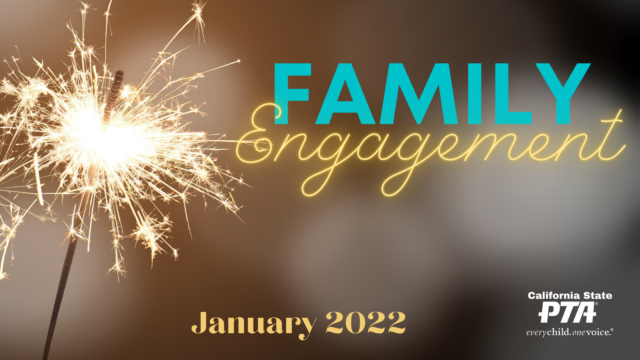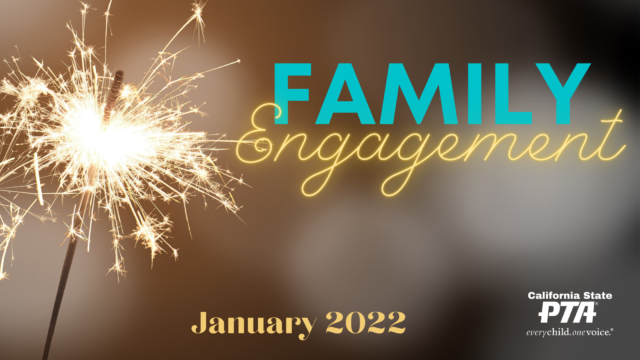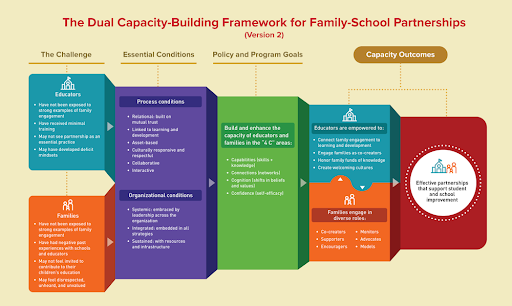by California State PTA Family Engagement Commission
Relationships are at the core of high-quality family engagement. As a PTA leader, you must take the time to build trusting, authentic relationships with families on your campus before they buy into attending your events, participating in your PTA meetings, or serving on your PTA board. The PTA National Standard for Family-School Partnerships begin with “Welcoming All Families” and “Communicating Effectively” for a reason — it is where our work begins.
Eyal Bergman, a Harvard doctoral candidate who worked with Dr. Karen Mapp, created a relational trust matrix to help us as we embark on this work. He describes four key elements of relational trust: respect, competence, integrity, and personal regard. While this list was originally intended for educators, we think there are some great lessons for PTA leaders. As your PTA embarks on its family engagement work to help ensure that everyone feels included and welcomed on your school campuses, you will do well to understand these four elements.
Respect: “Am I seeking input and listening carefully to what ALL families have to say?”
As PTA leaders we need to not only seek out all families but also listen to what they are telling us. We need to remember that not all communication is verbal and that not everyone speaks the same language. Offering multiple opportunities and modes for feedback and input can go a long way to helping everyone feel that their opinion is valued.
Competence: “Am I demonstrating to families that I am competent AND that I am honoring their roles as good caretakers?” Cultural competency is something that PTA leaders constantly need to work on. In many ways, it is easier to understand people from within our own culture, but understanding other cultures takes time and practice. We all parent differently, but we all love our children and want the best for them. Our common denominator of wanting what’s best for our children should help unite us and help as we build cultural competence over time.
Integrity: “Do I keep my word with families?” Our PTA leaders need to make sure that we are being honest, open, and transparent with the families on our campuses. During the past few years, we have had to pivot our activities to comply with pandemic complications, but so long as we communicate those changes in a timely manner with our families they feel our integrity. As long as we keep the mission of the California State PTA (“To positively impact the lives of all children and families”) at the heart of all we do, our families can feel confident that they can trust us.
Personal Regard: “Do I show families that I value and care about them as people versus objects?” The families on our campus are not fundraising machines or a number of tickets sold for an event — they are parents, caregivers, siblings, and children who want to feel connected to the school. As PTA leaders, we need to make sure that we think of them and treat them as such.
The work to build relationships begins as soon as you step into your PTA role, and continues every day afterward! Make sure you extend the invitation to all families to be a part of your PTA, to attend your family engagement events, to connect with your campus, and to join your PTA in the work you do on behalf of children and families.
It is up to each of us to establish these relationships for the benefit of all of our children.


